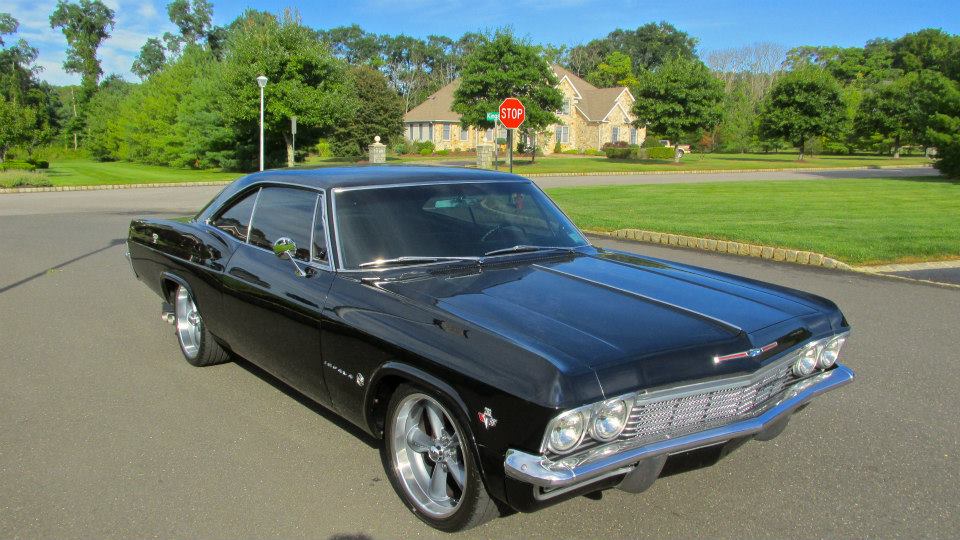Purchasing a restored car can be exciting but a problematic endeavor. It’s like owning a piece of automotive history carefully brought back to life. However, while the gleaming exterior and polished insides may make you want to buy the car, it’s important to look deeper and inspect the potential car thoroughly.
So, if you want to get an expert opinion on choosing a car with auto restoration in NJ, here are some suggestions from the mechanic.
Suggestions from Mechanic
1. Examine the Documentation:
Before looking at the car, ask the seller for comprehensive documentation. This should include records of the classic car restoration in South Florida process, receipts for parts and labor, and any historical documents related to the vehicle. A well-documented restoration is your first positive sign, indicating that the work was done professionally and carefully.
2. Inspect the Body and Paint:
A restored car should have a flawless exterior. Inspect the body for signs of rust, dents, or paint imperfections. Pay close attention to panel alignment; irregular gaps or misalignment could indicate a rushed restoration. Ensure the paintwork is consistent in color and finish throughout the entire car. If all the exterior is in top shape, it means the car came from the best car restoration shops in NJ.
3. Check for Structural Integrity:
Examine the car’s undercarriage for any signs of issues like corrosion or damage. Rust on the frame or chassis can compromise the vehicle’s structural integrity. If you’re not confident in your ability to assess this, consider having a professional mechanic perform the inspection, like muscle car restoration in NJ.
4. Assess the Engine and Mechanical Components:
Open the hood and inspect the engine bay. Look for oil leaks, loose ends, or frayed wiring. Start the ignition and listen for any unusual noises or vibrations. A smooth-running engine is a positive sign. Ask for service records to verify that regular maintenance has been carried out.
5. Examine the Suspension and Brakes:
Check the condition of the suspension components, including shocks and springs. Test the brakes to check they are working and don’t exhibit any signs of fading or grinding. A thorough inspection of the steering is also essential for safety reasons.
6. Review the Interior:
The interior of a restored car should be in top-notch condition. Inspect the upholstery, dashboard, and trim for any signs of wear or damage. Make sure all gauges and controls are functioning properly. Pay attention to the quality of the restoration work on the interior, as it can be an indicator of overall craftsmanship.
7. Verify the Vehicle’s History:
Obtain a vehicle history report to check for accidents or major repairs in the car’s past. This report will tell you all about car history.
8. Test Drive the Car:
A test drive is perhaps the most crucial step in evaluating a restored car. Pay attention to how it moves, accelerates, and brakes. Listen for any unusual sounds or vibrations while on the road. Test the brakes, steering, and transmission thoroughly. In short, check everything you can.
9. Seek Expert Advice:
If you’re not confident in your ability to assess the car’s condition, consider hiring a qualified mechanic to inspect it for you. They can provide an unbiased opinion and tell you about any potential issues that may not be apparent to your eyes.
10. Evaluate the Price:
Lastly, compare the asking price with the market value of similar restored cars. Consider the car’s condition, rarity, age and the quality of the restoration work.
Don’t hesitate to negotiate with the seller if you believe the price does not align with the car’s condition.

